Approximately 81 miles north of Kyiv, the Ukrainian capital, lies the site of the worst nuclear power plant accident in history. Once lively places, the towns surrounding the Chernobyl Power Complex soon turned into abandoned locations. The explosion at one of the plant’s four nuclear reactors on April 26, 1986, shattered the country and brought the official initial death toll to 31. But it would have been much more horrific if a trio hadn’t put their lives in danger. The three workers—Alexei Ananenko, Valeri Bespalov and Boris Baranov—are collectively known as the “Suicide Squad.”
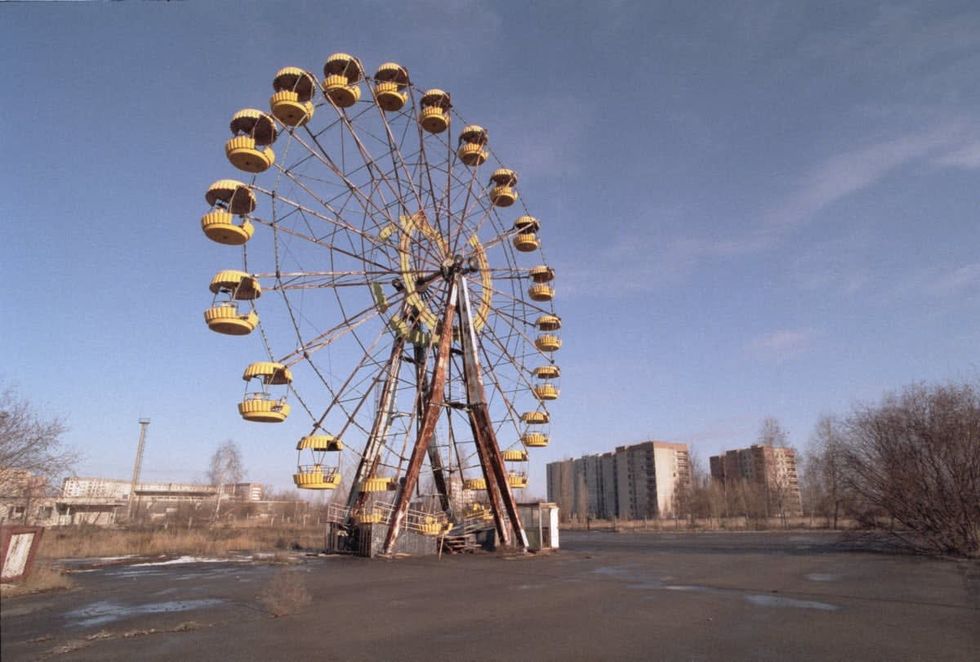
According to the United States Scientific Committee on the Effects of Atomic Radiation, the Chernobyl disaster unfolded when the No. 4 reactor of the nuclear power plant exploded. It was located near Pripyat, north of the Ukrainian SSR, which invested heavily in nuclear power after WWII. An artificial lake was also constructed beside the Pripyat river to supply cooling water for the reactors.
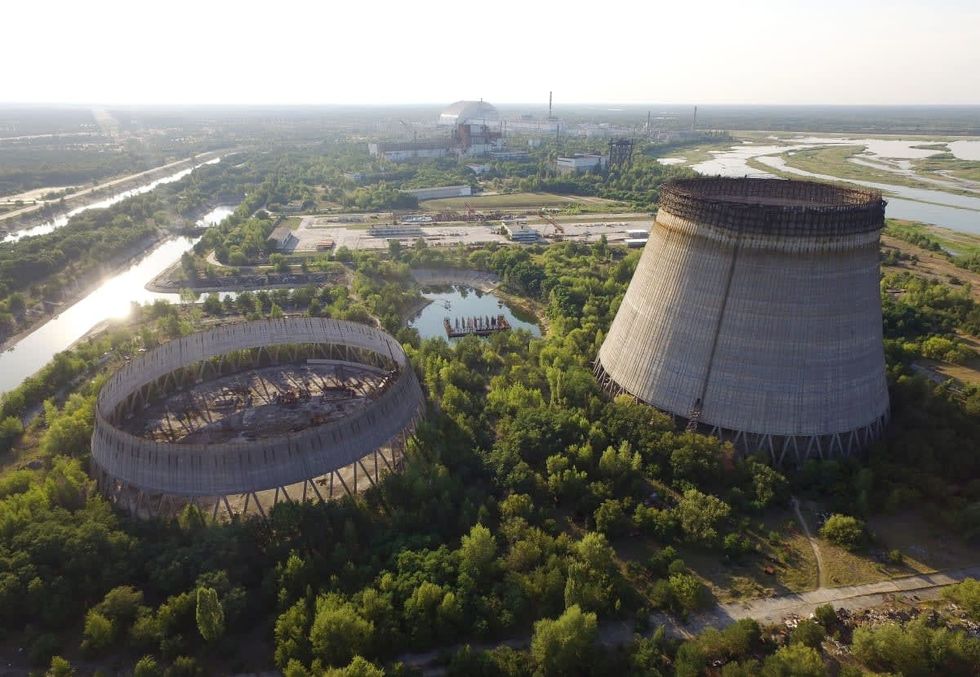
On April 25, 1986, routine maintenance was scheduled at the power station’s 4th reactor and workers were testing whether the reactor could still be cooled if the plant lost power. However, the workers violated the safety protocols. Consequently, the power surged. An increasing power surge resulted in two explosions inside the plant. The nuclear core blasted, spewing radioactive material into the surrounding atmosphere. The firefighters used water and sand to squash the fire, but to no avail.
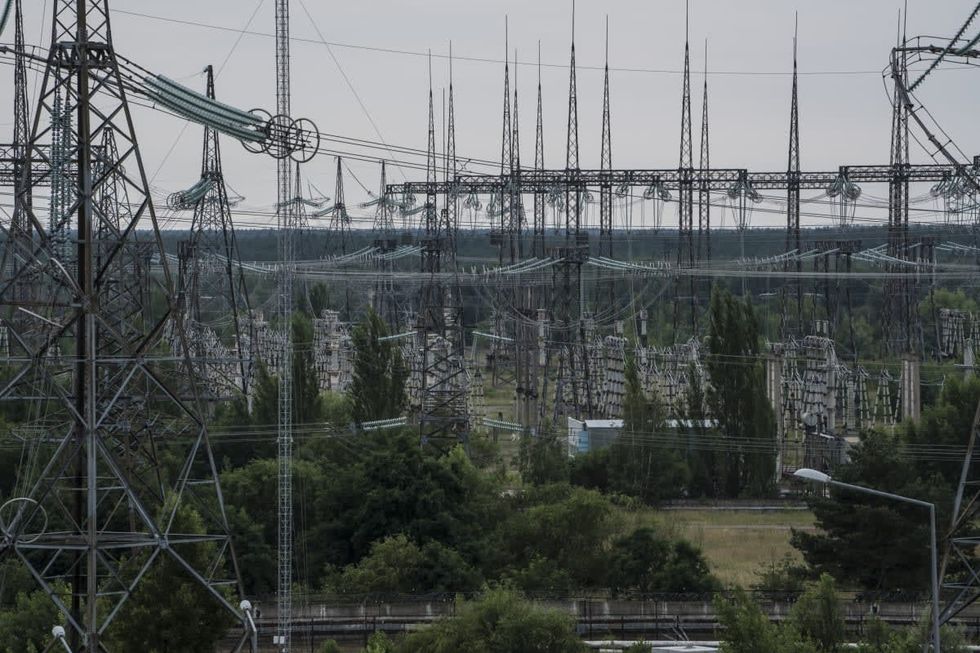
World Nuclear Association reports that following this explosion, two Chernobyl plant workers lost their lives and 28 people died within a few weeks as a result of acute radiation syndrome. A thumping 350,000 people were evacuated from the accident site. The disaster released 400 times more radiation into the atmosphere than the atomic bomb dropped on Hiroshima and it contaminated millions of acres of surrounding land, History.com notes.
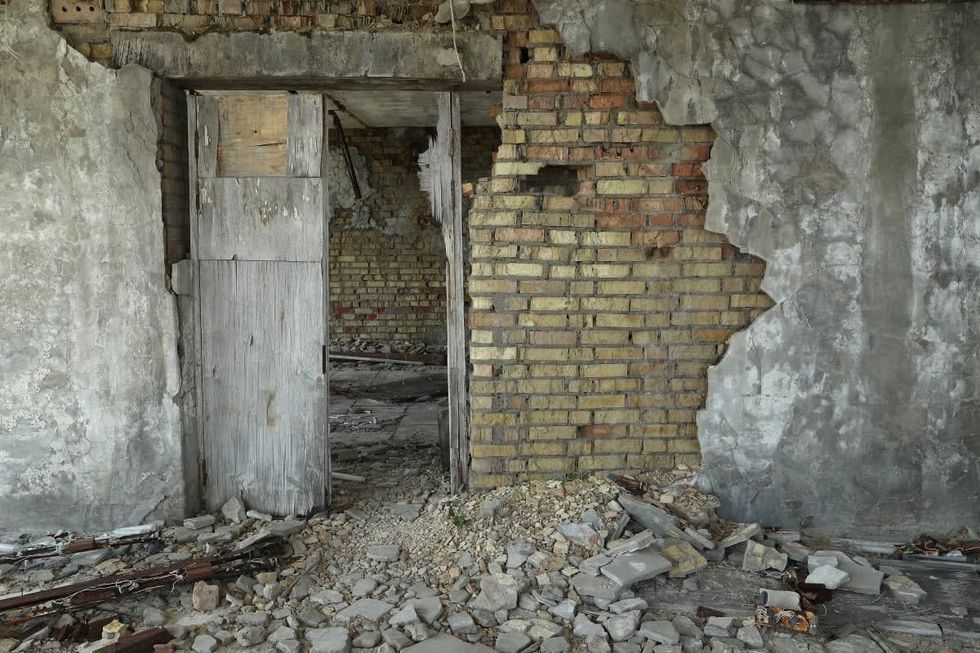
However, this fatal accident was merely the tip of the iceberg. An even more horrific disaster loomed; however, the three bravos volunteered for a heroic task to prevent it. On May 1, 1986, five days after the explosion, Soviet authorities at Chernobyl made a terrifying discovery. The core of the 4th nuclear reactor that had exploded was still melting down. There were approximately 185 tons of nuclear material reacting inside it. Beneath these gobs of material was a five-million-gallon pool.
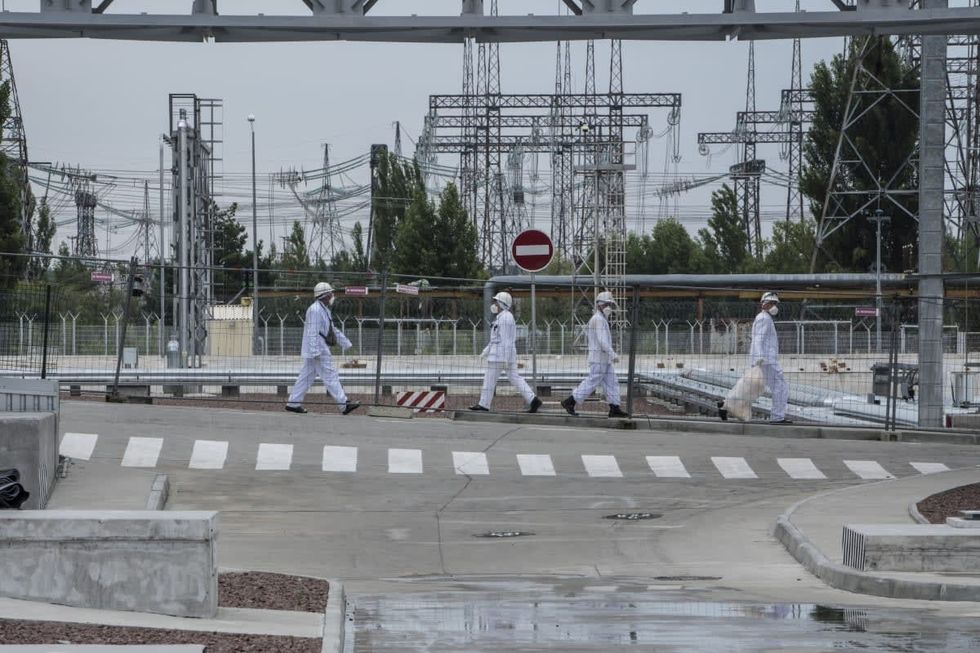
Only a thick concrete slab was used as a separator between the pool’s water and the nuclear reactor which was now melting. The blazing molten material was slowly eating through the slab, and spilling inside the water. And so, a massive radioactive steam explosion was anticipated to happen. If it would occur, it would contaminate a huge chunk of Europe, leading to a massive number of deaths.
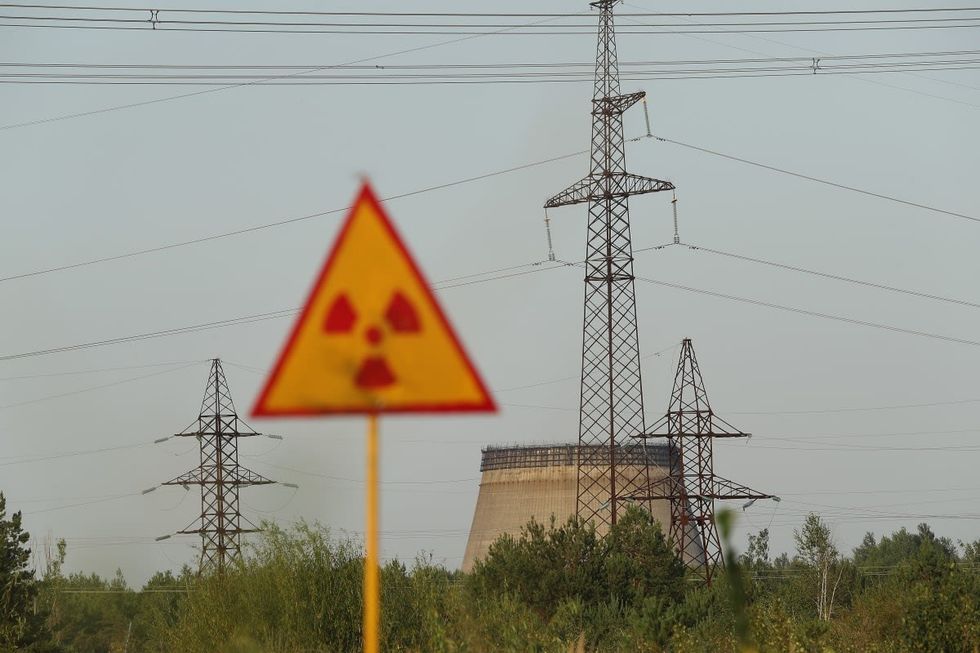
This was when Ananenko, Bezpalov, and Baranov stepped up for a dangerous mission. Dressed only in wetsuits and carrying waterproof flashlights, they set out to save the world despite knowing there were heavy chances they would never return. Ananenko and Bezpalov worked as engineers while Barnov was a shift supervisor.
They dived knee-deep in dark radioactive-inflicted water, and with enormous effort, discovered a pipe that led to the drainage valves. They twisted the valves, the waters came gushing out, and the pool began to drain. By the next day, all 5 million gallons of radioactive water had drained from beneath the reactor. The trio had steamrolled their way to victory. The second explosion was prevented, and also the deaths of millions of people.
Thankfully, all three divers survived long-term following the mission, narrowly escaping the acute radiation syndrome (ARS) that killed other Chernobyl workers. While Ananenko and Bespalov are alive as of 2024, Baranov passed away in 2005 from heart disease. They were also awarded the “Order For Courage” by then-Ukrainian President Petro Poroshenko in 2018. Even more so, their heroic feat came to be illustrated in HBO's 2019 drama series “Chernobyl.”





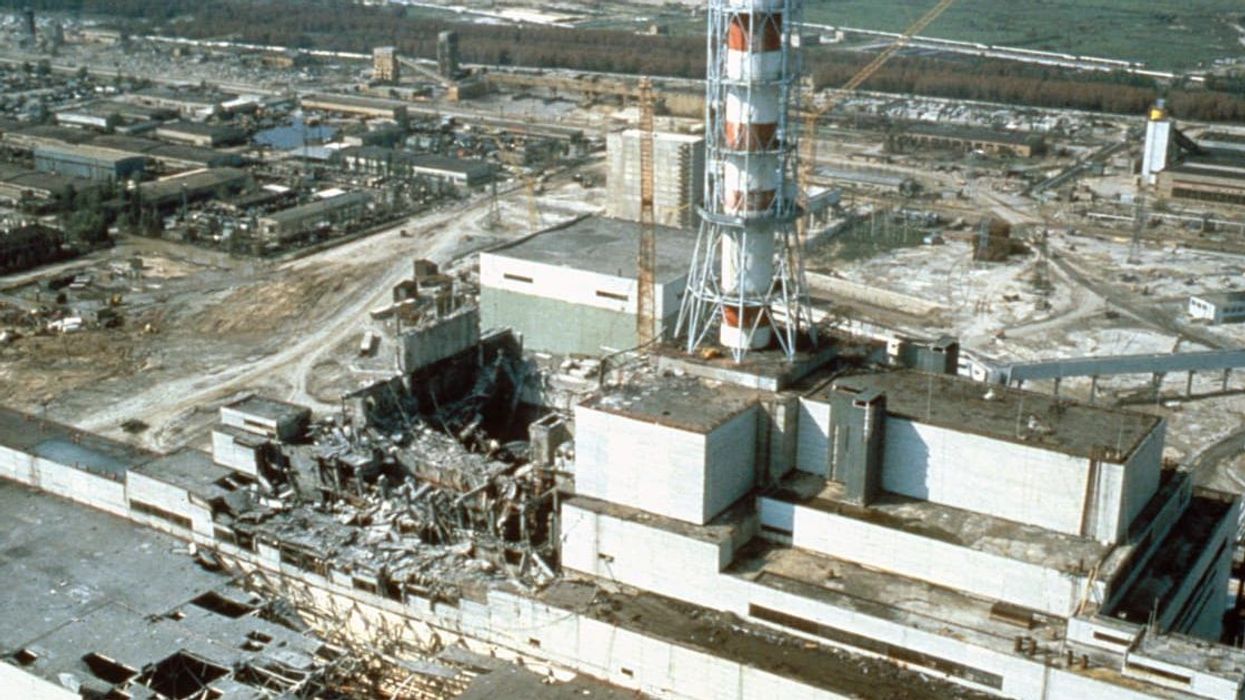












 A symbol for organ donation.Image via
A symbol for organ donation.Image via  A line of people.Image via
A line of people.Image via  "You get a second chance."
"You get a second chance." 
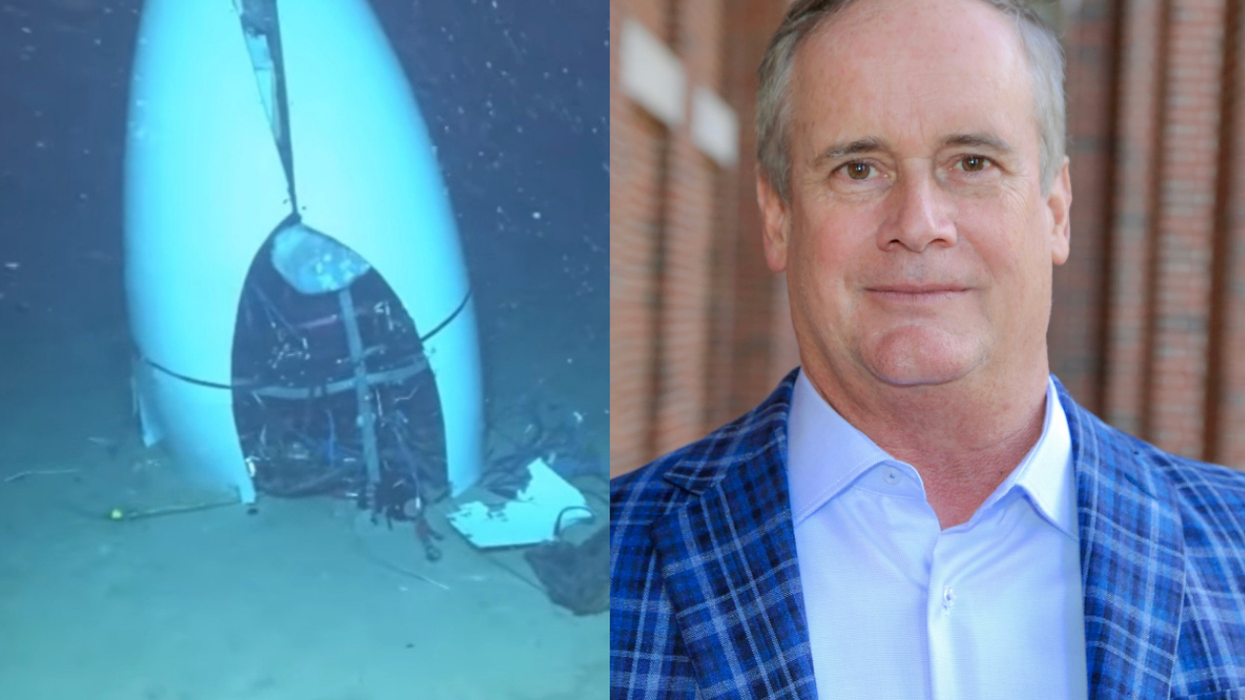

 36 is the magic number.
36 is the magic number. According to one respondendant things "feel more in place".
According to one respondendant things "feel more in place". 
 Some plastic containers.Representational Image Source: Pexels I Photo by Nataliya Vaitkevich
Some plastic containers.Representational Image Source: Pexels I Photo by Nataliya Vaitkevich Man with a plastic container.Representative Image Source: Pexels | Kampus Production
Man with a plastic container.Representative Image Source: Pexels | Kampus Production
 Canva
Canva It's easy to let little things go undone. Canva
It's easy to let little things go undone. Canva
 Teens are waiting longer than at any point in the survey’s history. Canva
Teens are waiting longer than at any point in the survey’s history. Canva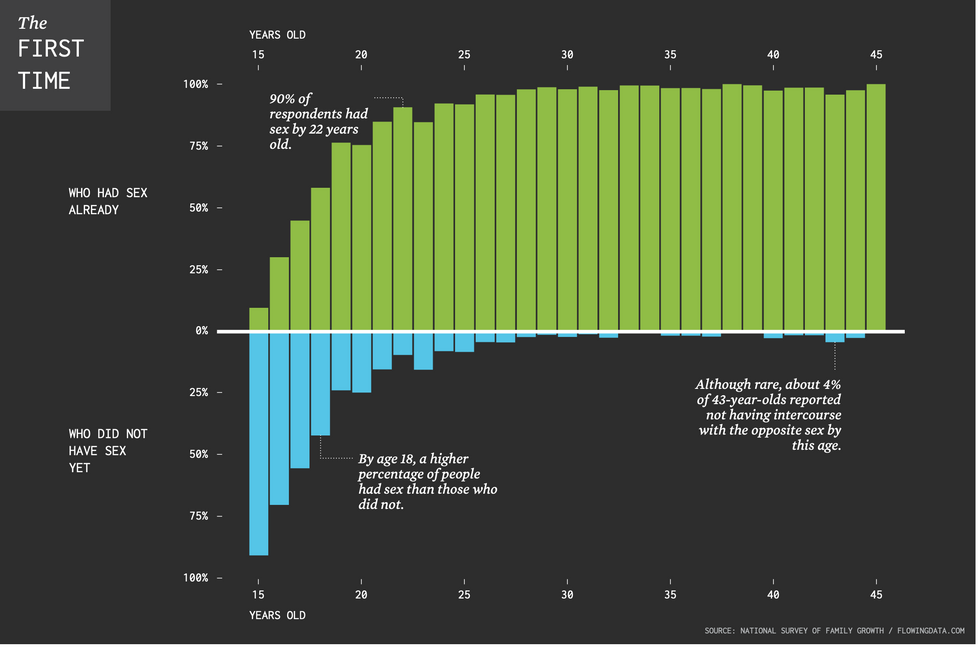 Chart on the age of a person’s first time having sex.National Survey of Family Growth/flowing data.com | Chart on the age of a person’s first time having sex.
Chart on the age of a person’s first time having sex.National Survey of Family Growth/flowing data.com | Chart on the age of a person’s first time having sex.
 Kids know the good adults from the bad.
Kids know the good adults from the bad.